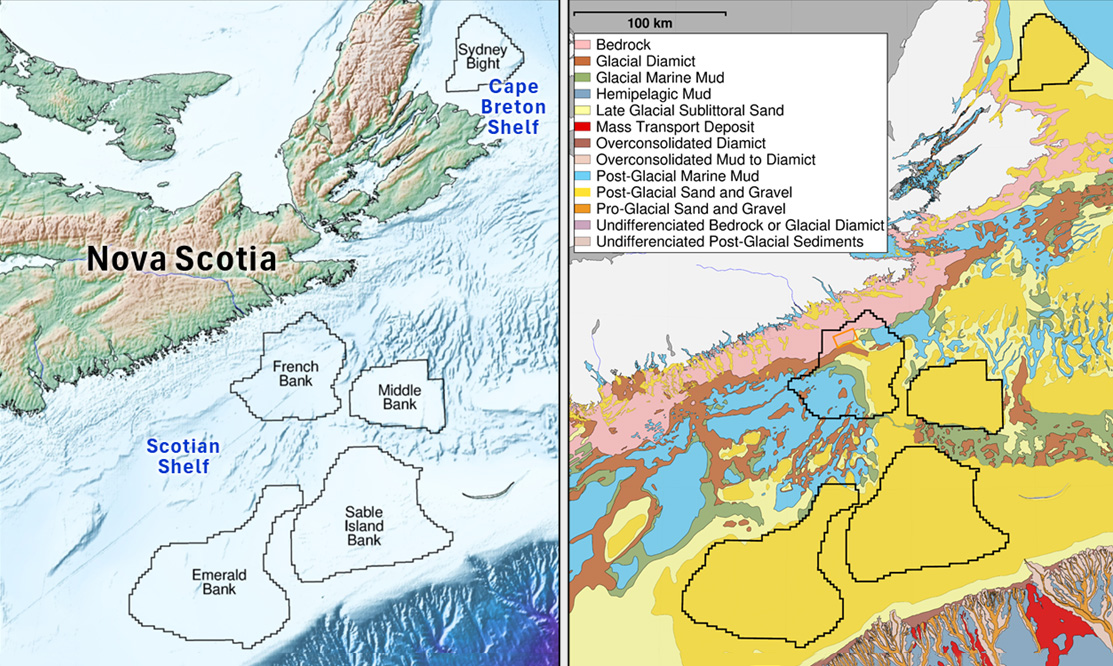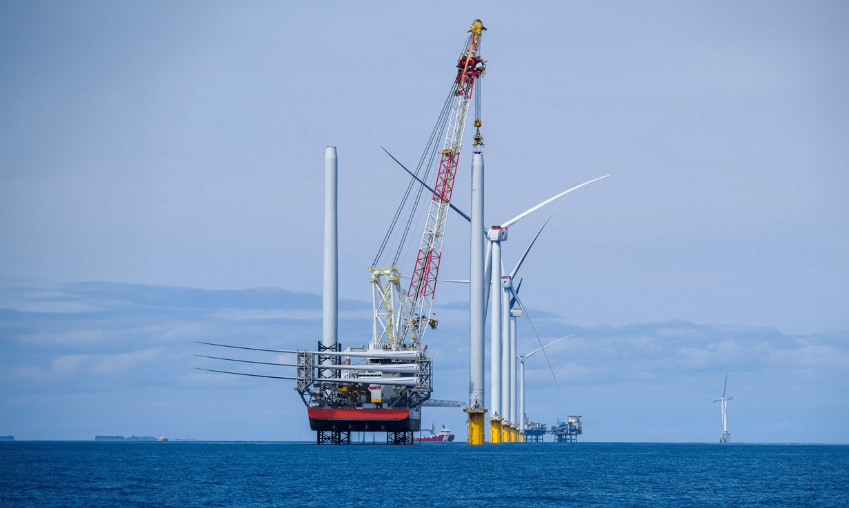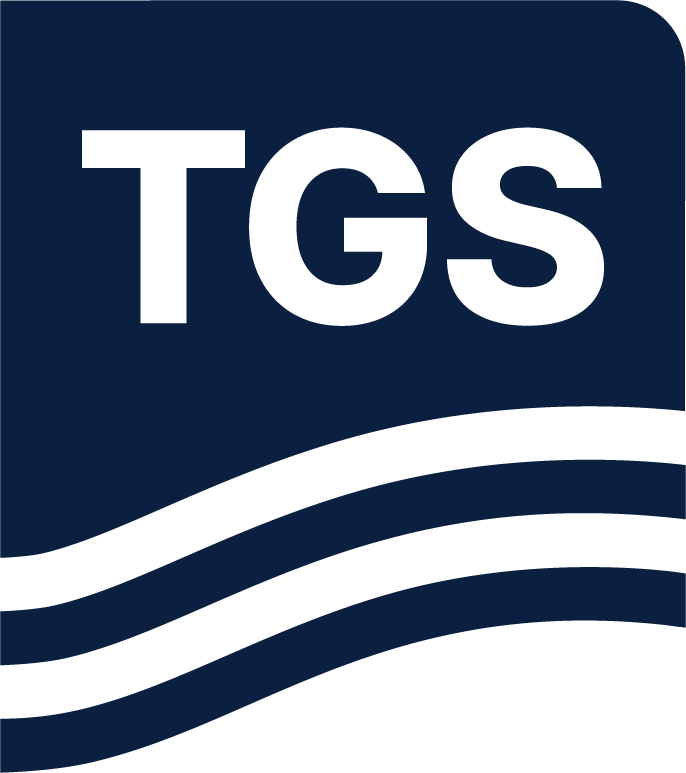Nova Scotia Desktop Study
Explore seabed conditions, geohazards, and wind resource insights for Nova Scotia with this new technical study developed with NGI.

A Closer Look at Nova Scotia
Nova Scotia's offshore wind resource is poised for large-scale development. And its future success requires us to understand what lies beneath the surface.
Developed in collaboration with NGI, this exclusive desktop study integrates our global experiences with publicly available Nova Scotia data to provide a comprehensive characterization of the seafloor and subsurface.
The desktop study provides a valuable guide for early-stage decision makers.
Download a 5-page excerpt now, by completing the form below.
A Guide for Early-Stage Decision Makers
The study is structured to help stakeholders – from regulators to developers to manufacturers – make better-informed decisions. It summarizes the wind resource and its seasonality, it describes the ground conditions and its variability, it characterizes the risks and challenges at potential development sites, and it makes recommendations for future site investigations and concept selection.
It’s a tool for prioritizing effort, anticipating risk, and supporting the rapid development of Nova Scotia's offshore wind resource.
- Background
- Wind Conditions
2.1 Annual-mean wind speed
2.2 Seasonality
2.3 Direction
2.4 Uncertainty - Geology
3.1 Regional setting
3.2 Wisconsinian glaciation
3.3 Offshore stratigraphy
3.4 Seismicity - Seafloor characteristics
4.1 Bathymetry
4.2 Oil & gas infrastructure
4.3 Communication cables
4.4 Shipwrecks - Ground conditions
5.1 Geohazards
5.2 Constraints
5.3 Geotechnical properties - Wind turbine foundations
6.1 Concepts in play
6.2 Concept suitability mapping - Future site characterization
7.1 Geophysical site investigation
7.2 Geotechnical site investigation
7.3 Geologic testing
7.4 Ground modeling - Conclusions
8.1 Site characterizations
8.2 Next steps
Seabed Risk: The Biggest Cost Driver
Costs associated with site characterization and foundations are a significant portion of total project CAPEX. And these costs can escalate without a robust understanding of the ground. In Nova Scotia, the geologic complexities across the formerly glaciated region will need to be understood early in the planning process.
This study describes the geohazards and constraints that matter most, including mobile bedforms, sediment scour, slope instability, shallow bedrock, and boulders. It highlights the areas where risks are likely to be high, helping developers prioritize future site investigations.
By linking the expected ground conditions to foundation suitability, the study supports faster decision-making for those investing in Nova Scotia.


Choosing The Right Foundation Type
Our study provides insights into foundation suitability – from monopiles to jacket structures to floating turbine anchors – by mapping the ground conditions that impact concept selection.
This early guidance will help projects to avoid costly design iterations and planning delays, and to quickly focus their engineering resources on the most viable options.
Download the Nova Scotia Desktop Study Executive Summary
We’ve prepared a short version so you can review the insights first hand. Fill out the form to download.
No Obligation Preview
Complete the form opposite to download a free 5-page excerpt of the Nova Scotia Offshore Wind Technical Study. This sample includes selected findings on wind resource variability, seabed risks, and foundation design considerations.
Access the Full 100-Page Report
Contact us to gain access to the full, comprehensive report, developed by TGS in collaboration with NGI, to support your early-stage offshore wind planning in Canadian waters.
